What Are Common Part 107 Test Questions?
Flying Magazine
MAY 10, 2024
1: According to 14 CFR Part 107, how may a remote pilot operate an unmanned aircraft in Class C airspace? The remote pilot must have prior authorization from the Air Traffic Control (ATC) facility having jurisdiction over that airspace. 2: Which technique should a remote pilot use to scan for traffic?




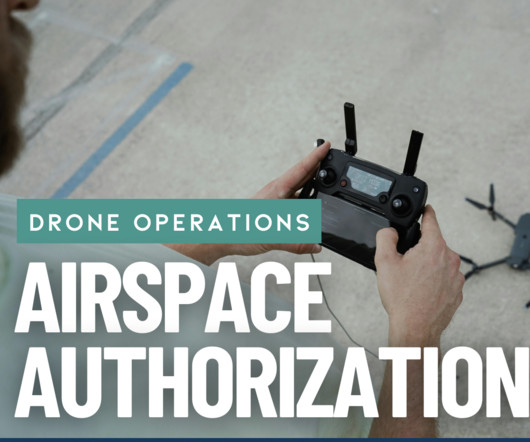

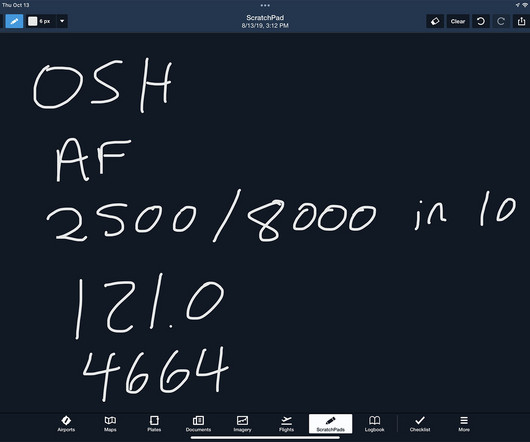



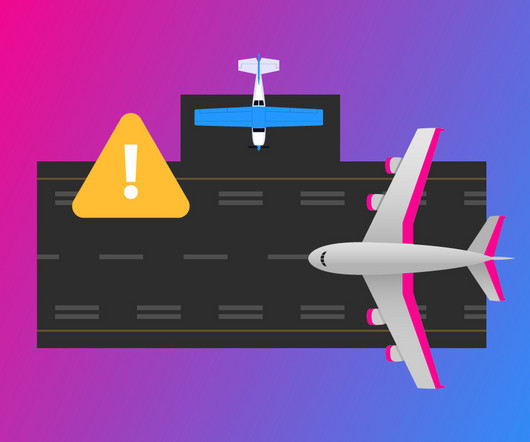
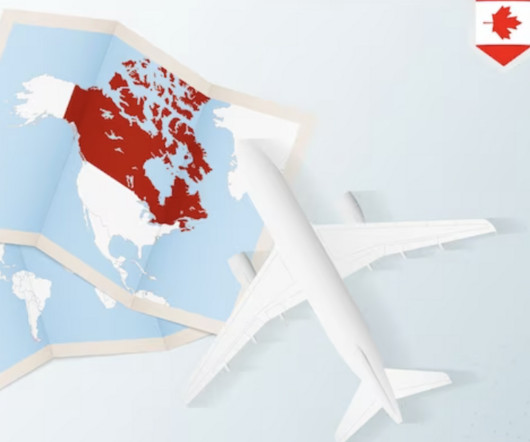
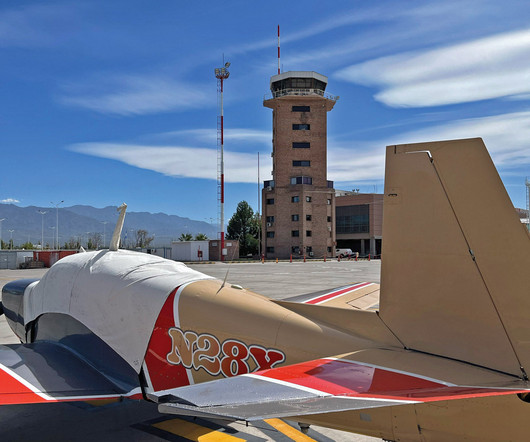






Let's personalize your content